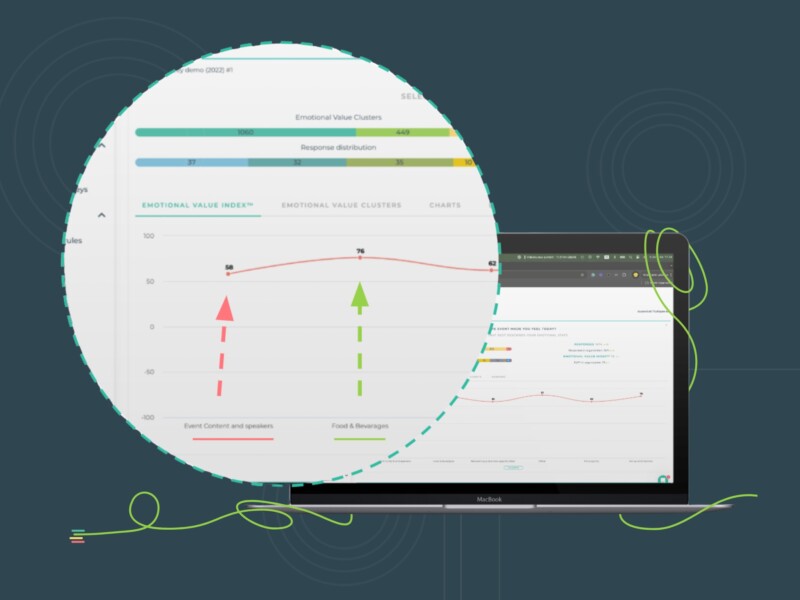Mapping the customer journey is a key element in every Customer Experience (CX) strategy across all industries. Essentially, a customer journey outlines all the major phases a client passes from the first encounter with the brand. It includes awareness, consideration, purchase, and post-purchase. Within the journey is a host of touchpoints that outline every engagement between the customer and the brand.
In the retail industry, where touchpoints seem to happen in a complex network of channels, it can be a hard task to identify each and every touchpoint and manage them tactfully to grant customers with meaningful interactions. This eventually leads to customer pain points sprouting from every corner!
How does this happen? What are the root causes?
Your Customer Journey has failed to capture all touchpoints
It’s no piece of cake to map each and every touchpoint as customers’ means of engagement with brands tend to expand by the day. So, it can be difficult to identify what touchpoints belong to each phase of the customer journey especially if you are not updated about novel engagement methods. For a retail business, touchpoints can occur across social media platforms, emails, in-store, marketing campaigns, and many more avenues.
As difficult as it can be, it is important to consistently define and manage every potential touchpoint of your business. It’s important that CX professionals are thoroughly informed about these to improve them. As an example, you might have been so focused on customer-initiated touchpoints like the purchase of products or inquiring about a service online but overlooked the power of indirect touchpoints like word-of-mouth marketing.
Your departments aren’t streamlined well to function together
The task of taking care of the customer doesn’t merely fall into the hands of the Customer Service department or Customer Experience team. Every functional unit and department in the organization is responsible for providing a better experience to their clientele.
If the departments are siloed, and there’s a lack of smooth transition of information between them, it can be difficult to manage the customer journey. This is because the collective effort of every branch in the organization is what provides a holistic customer experience at the end. Therefore, retail businesses need to streamline their different departments making valuable information about customers available to everyone. This way, when a customer contacts the marketing team, its employees must be aware of the customer’s purchase history.
Your organization has disregarded customer pain points
If your retail business has not been paying attention to the importance of customer pain points, managing customer journey becomes increasingly difficult. The reason why it’s crucial to focus on customer pain points is that they bring out important touchpoints that need your attention to light. When you begin to identify customer pain points through feedback, complaints, reviews, or research, you begin to comprehend the manifold ways through which customer-brand interactions occur. It also gives you an idea of the kind of omnichannel experience shoppers expect from retailers.
Once you improve or fix the pain points, you will notice that engagements occur without many disruptions, and the customer journey becomes easy to manage. It also allows shoppers to move from one phase to another easily and conveniently as the experience is seamless.
There are no effective Key Performance Indicators in place
Another major reason why the customer journey becomes tough to handle in the retail industry is due to the lack of proper metrics to measure the efficacy of touchpoints in each phase. Since there are so many KPIs related to customer experience, it is easy to be confused and overwhelmed as to where to use which. So, you might not have a set of properly defined metrics in place. However, the ultimate result is that your CX team won’t be aware of the efficacy of their CX strategies and how successful they are in minimizing the pain points of the buyer journey.
The best way to establish useful KPIs that actually let you measure the effectiveness of customer experience is by empathizing with the role of the customer. Improvise the potential reactions of customers when they encounter a pain point or a disappointing engagement and place a relevant KPI that will determine its impact on your business.
Overall, if you need to manage customer journey of your retail business successfully, you have to pay attention to a multitude of factors as mentioned above. A commendable customer experience starts with a compelling customer journey.



